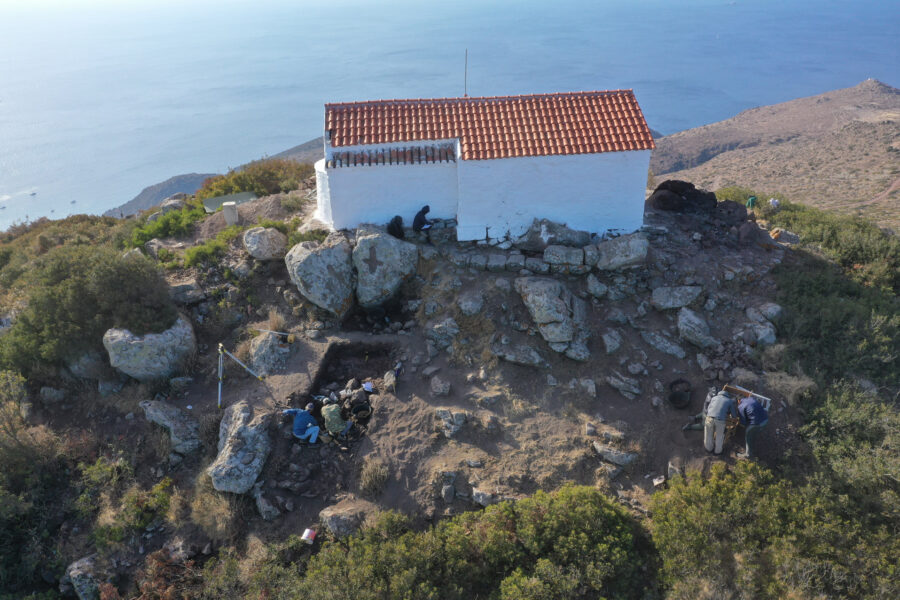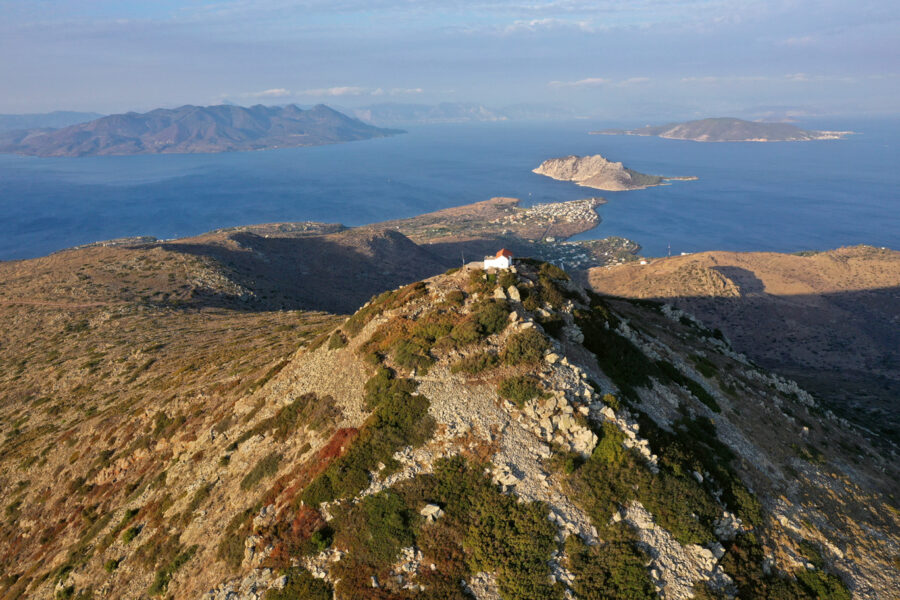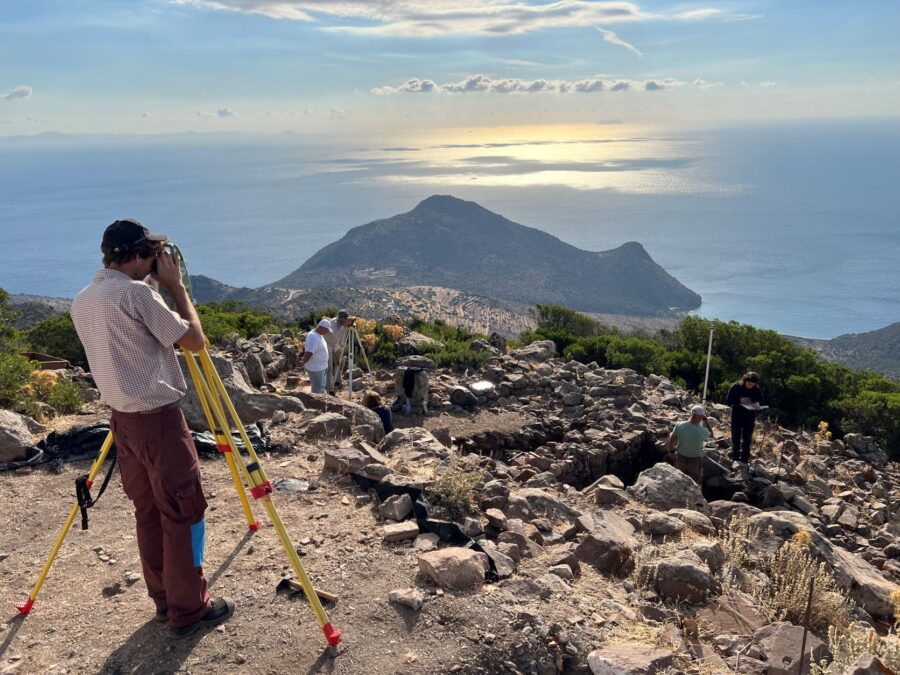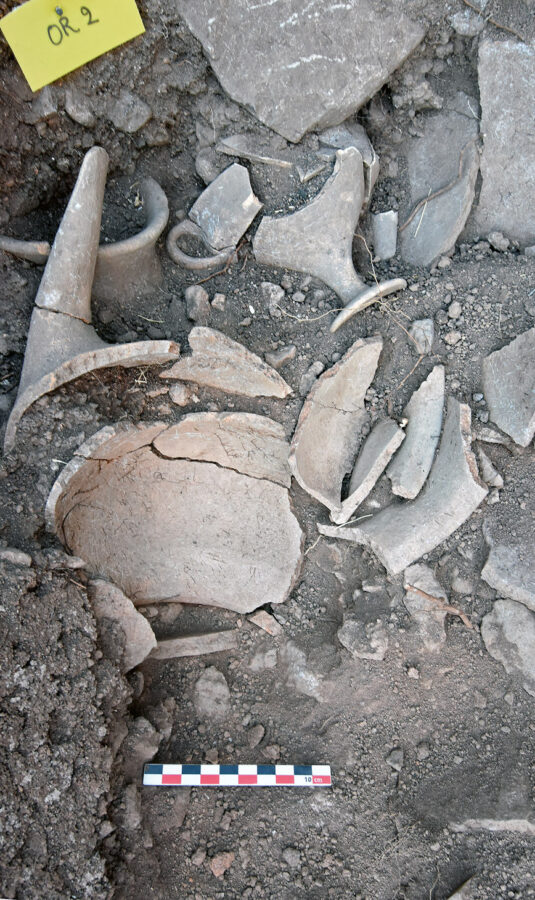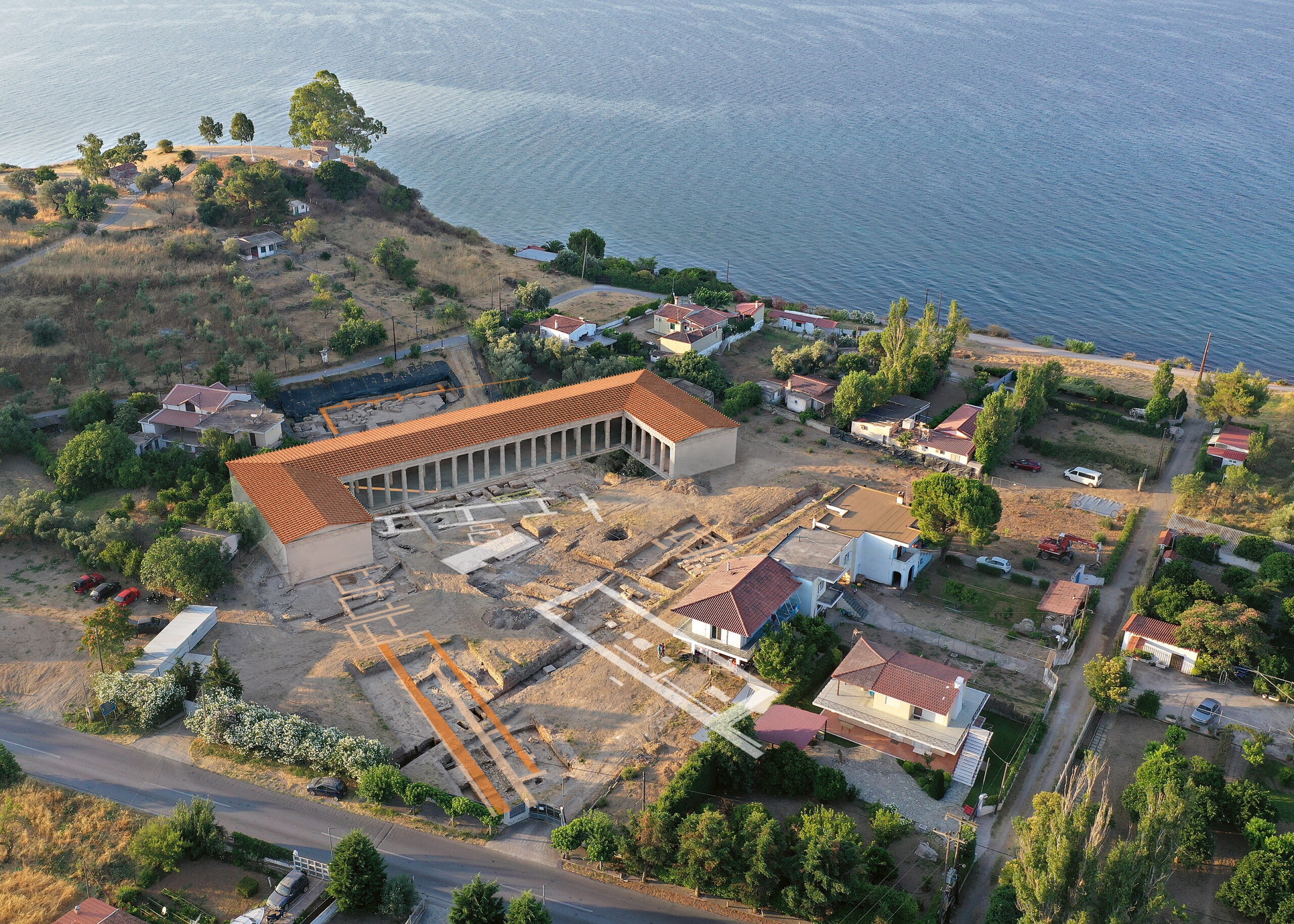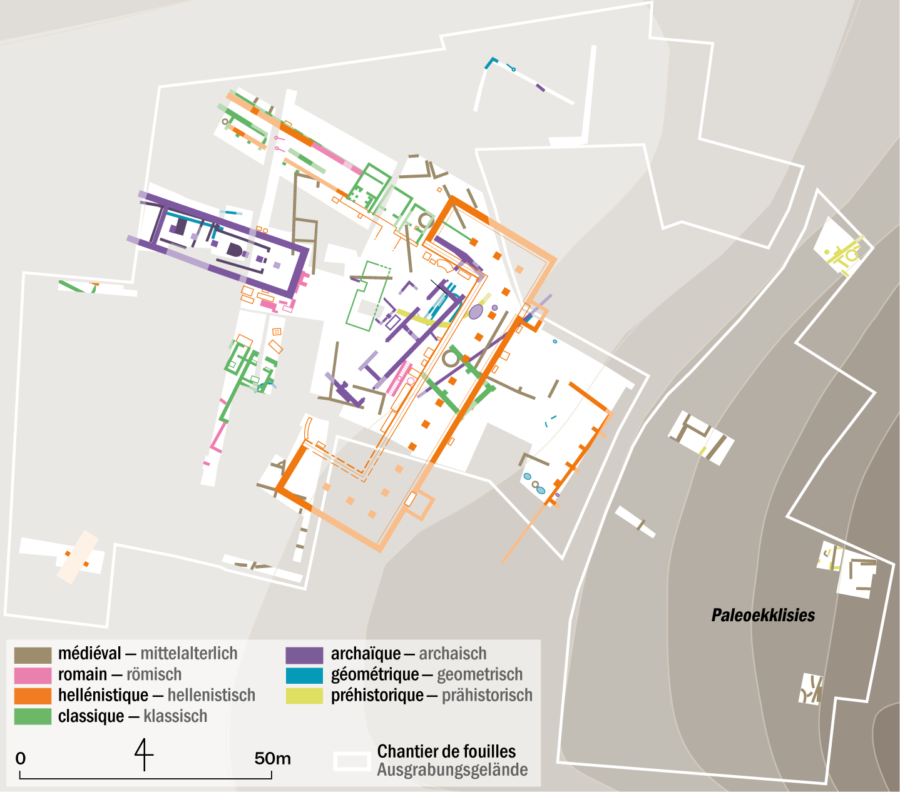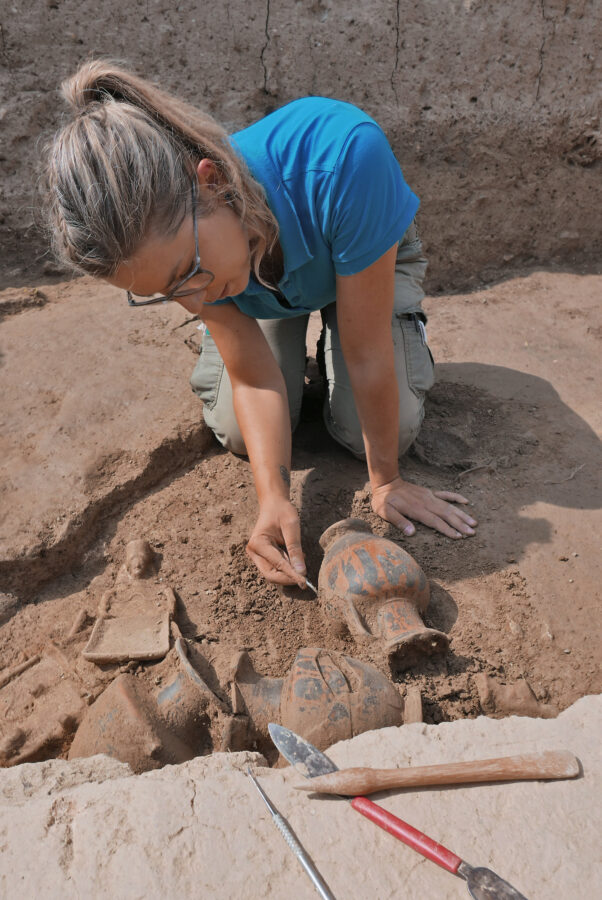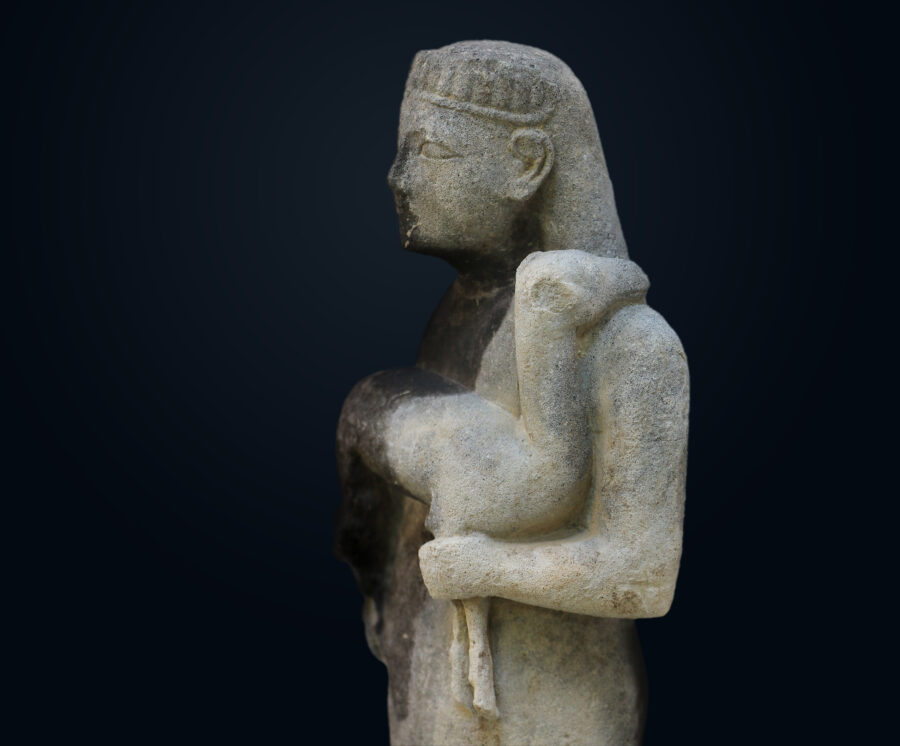Since 1964, a Swiss archaeological project excavates and studies the remains of the ancient city of Eretria, on the island of Euboea. Known since 1975 as the Swiss School of Archaeology in Greece (ESAG), the School is the only permanent Swiss archaeological project outside Switzerland. Most of the School’s scientific activities take place on the island of Euboea but the ESAG supports also other Swiss archaeological projects in Greece, as in Attica and the Argolid. Its goal is to develop the cultural relations between Greece and Switzerland, to promote archaeological and historical projects in Greece, to protect and develop the ancient remains and to encourage the training of young archaeologists. Both a training and research center, the Swiss School enables numerous professors, scholars and students from Swiss Universities to come into close contact with the historical and archaeological past of Greece, as well as the country’s current realities.
Swiss School of Archaeology in Greece : www.esag.swiss
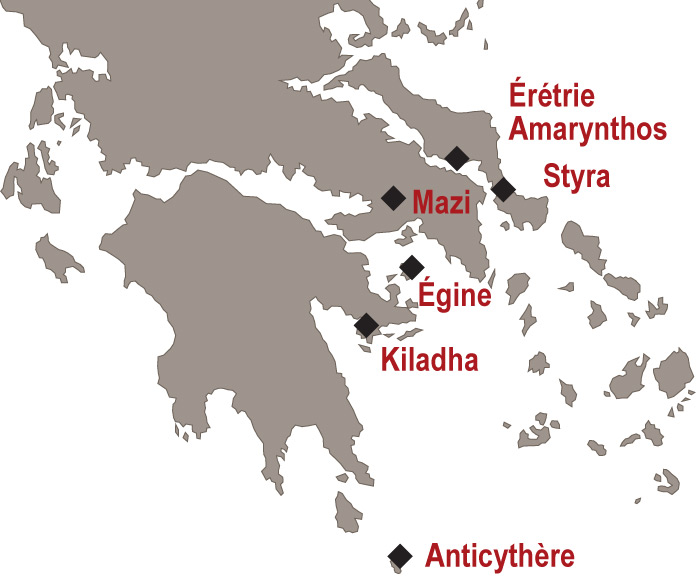
Excavation reports (download pdf) ➝
You can download the excavation reports free of charge. You will need to register and log in to our site. If you need higher resolutions, please contact us: publisher@antikekunst..
Eretria, excavation of the Gymnasium
Discovered at the end of the nineteenth century and partially excavated by the American School of Classical Studies, the gymnasium was the centre of social and intellectual life of the Hellenistic city. The restauration of the building in 2013- 2014 by the Greek Archaeological Service (with European funding) led to the completely unexpected discovery of a second building, with an identical floor plan, adjoining the gymnasium. Since 2015, the ESAG has been exploring the newly discovered building.
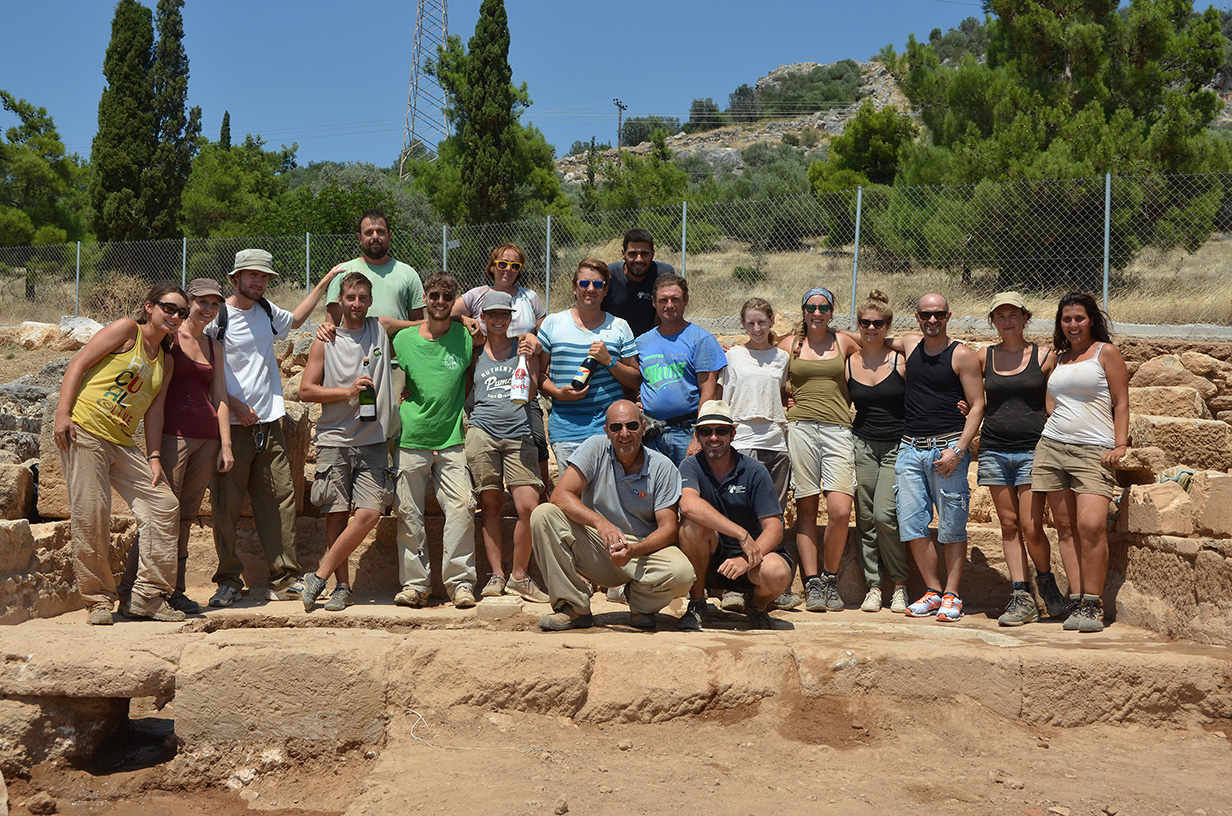
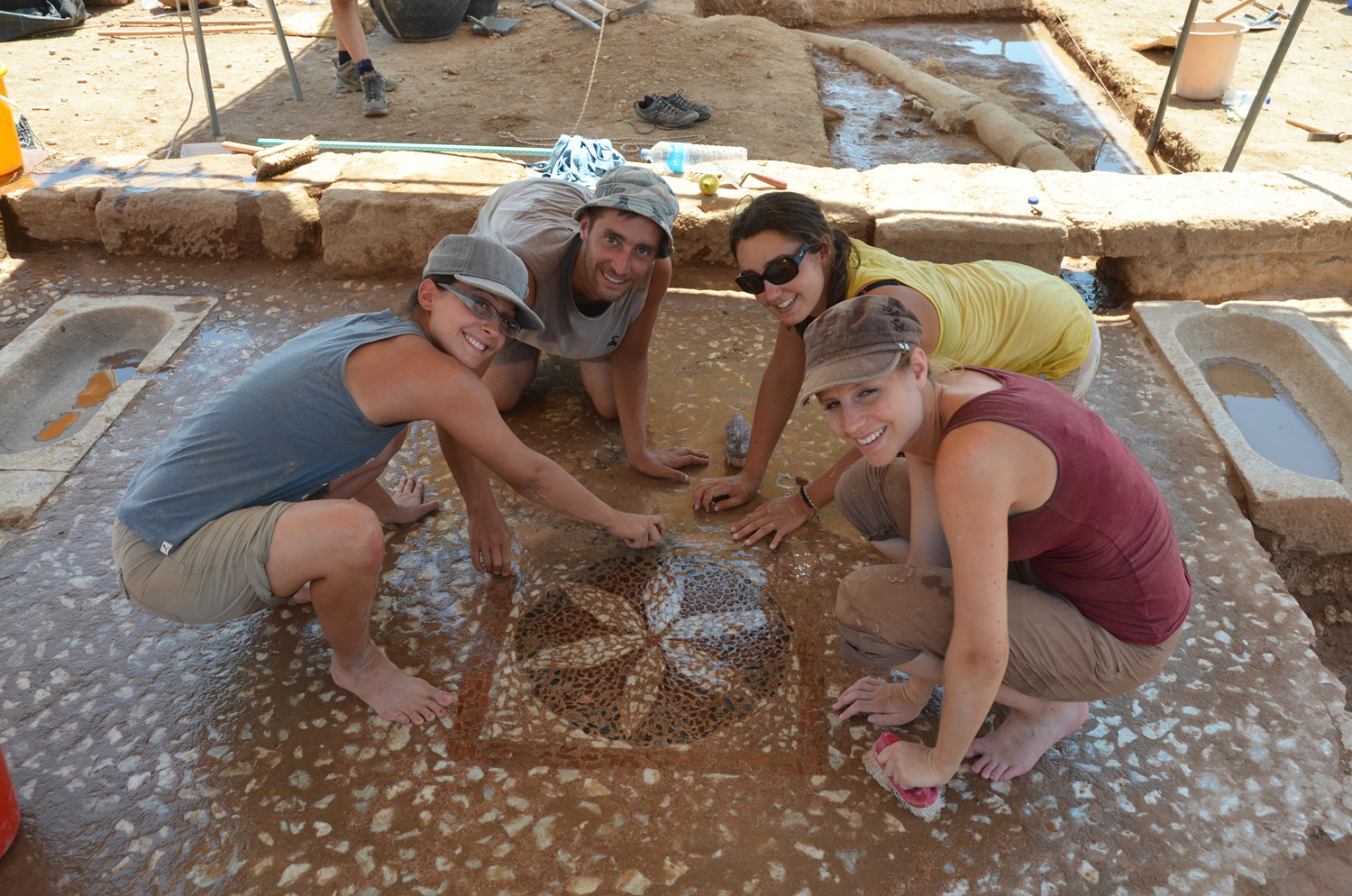
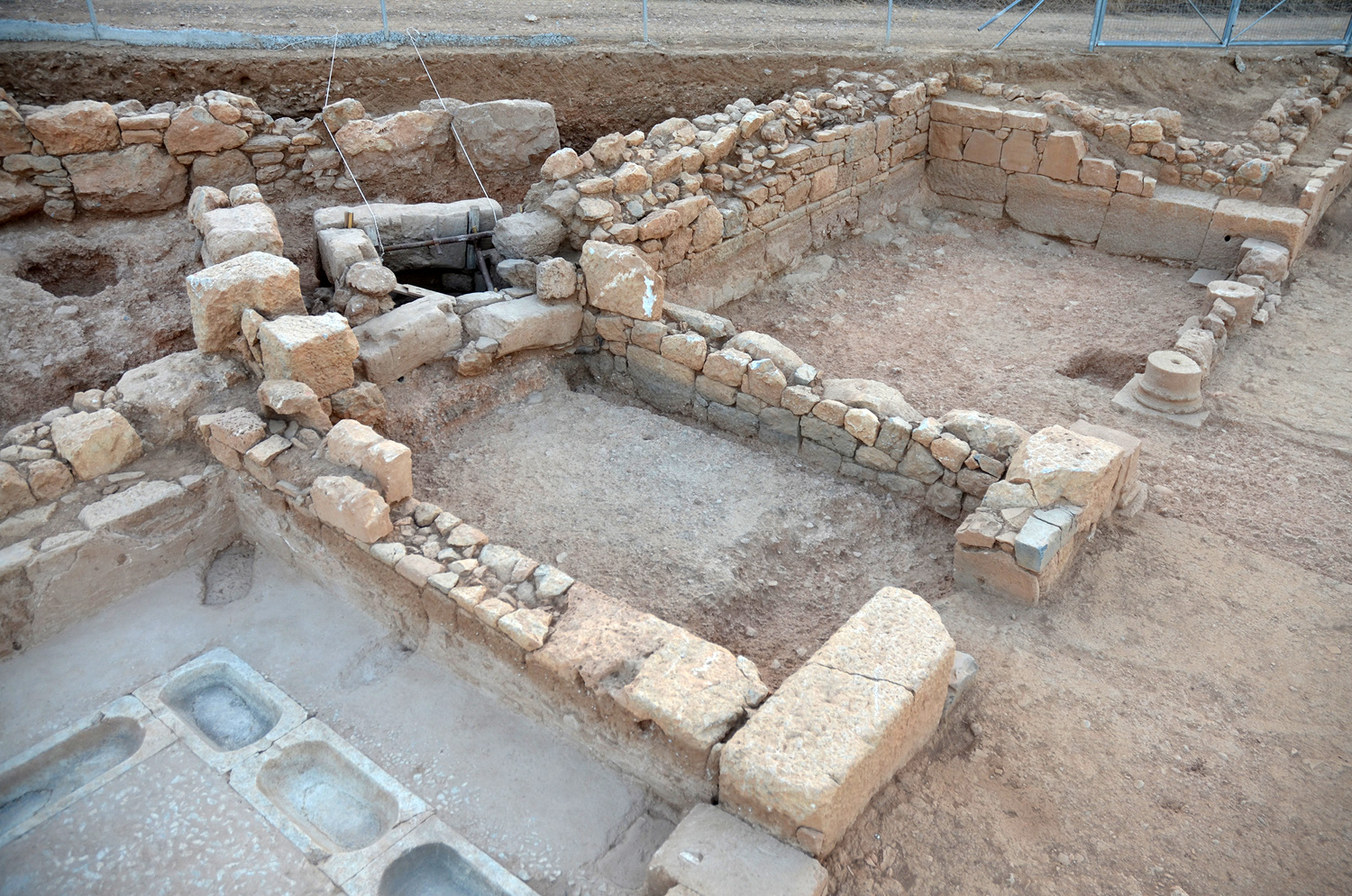
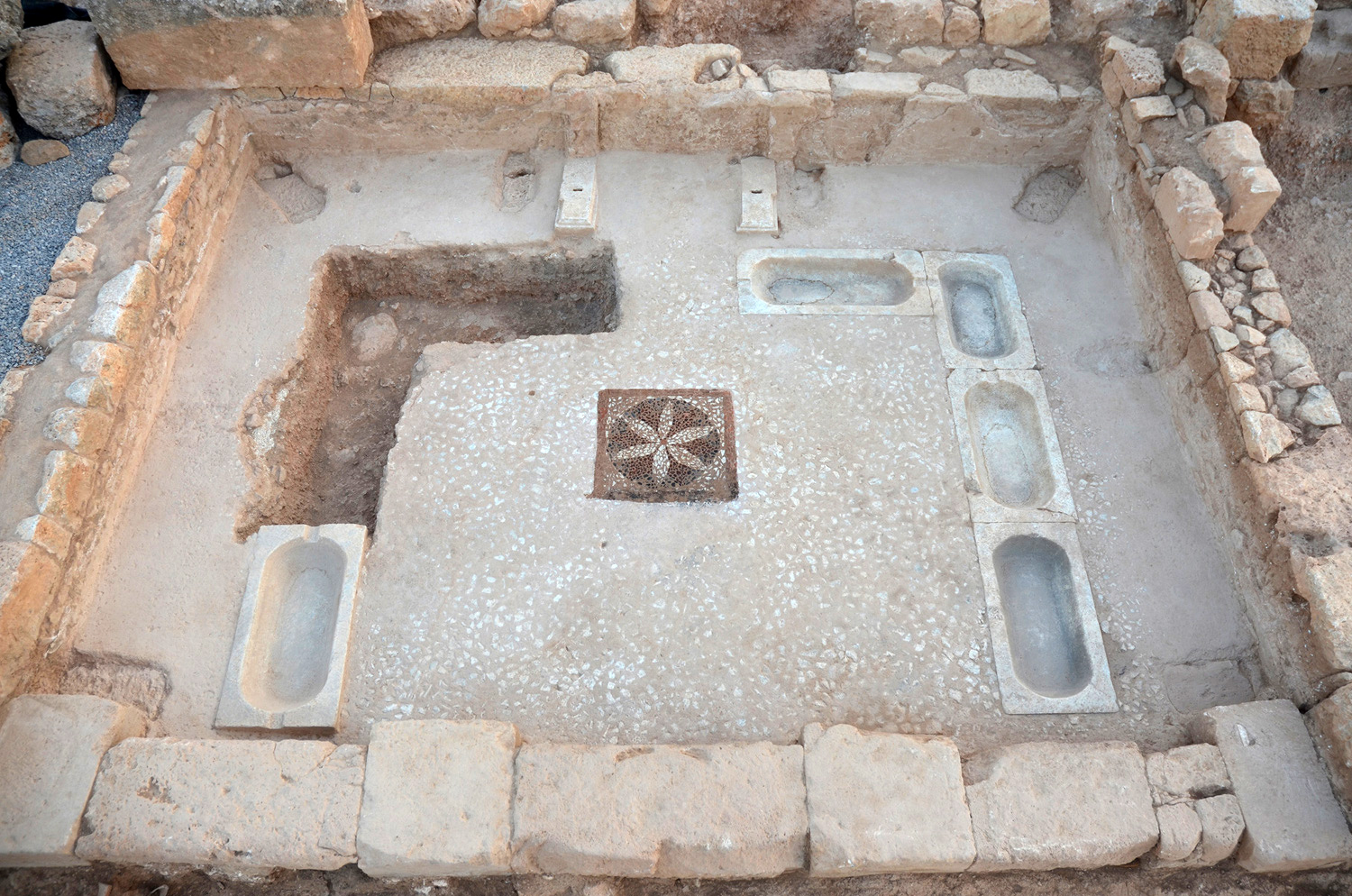
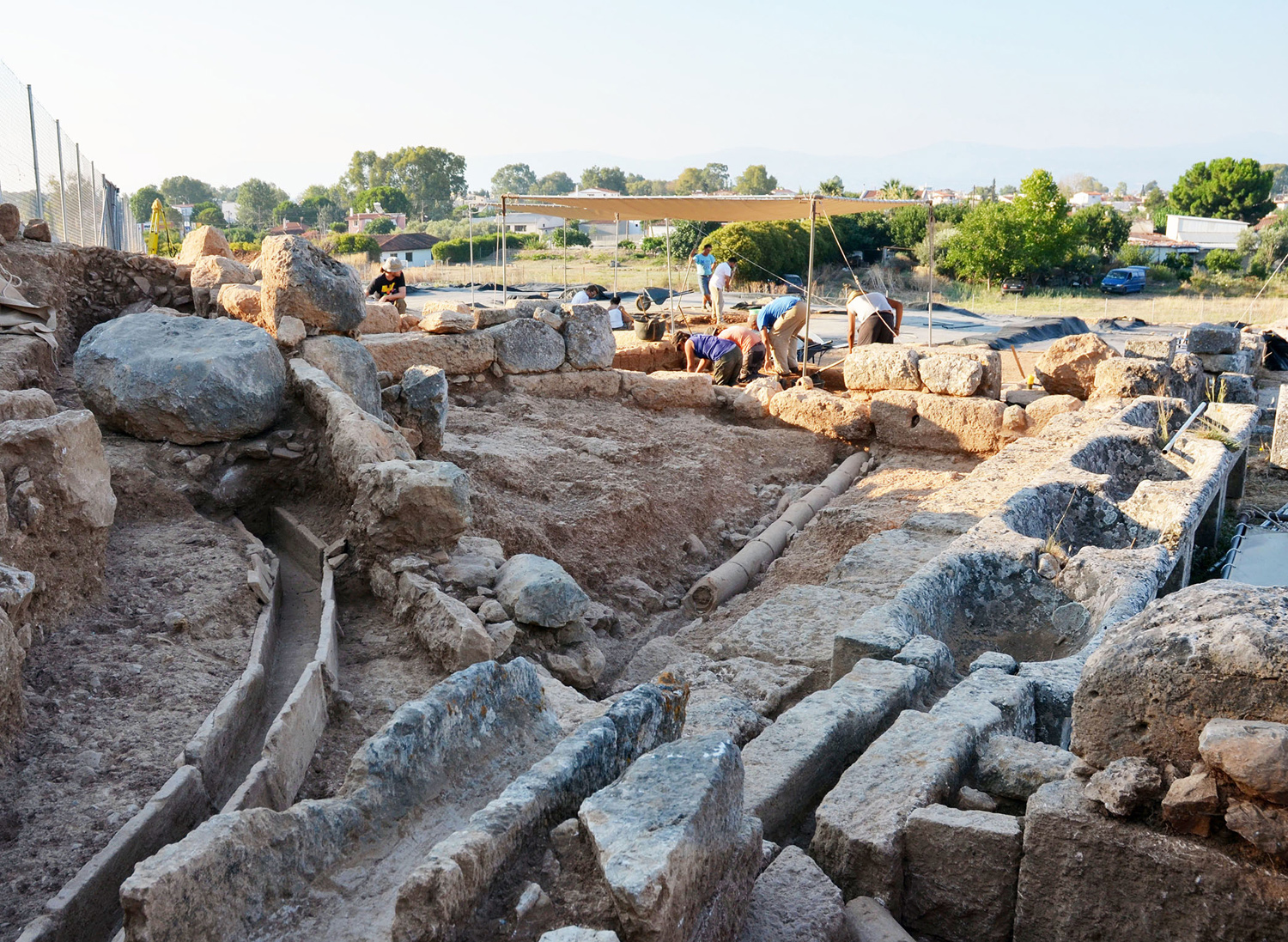
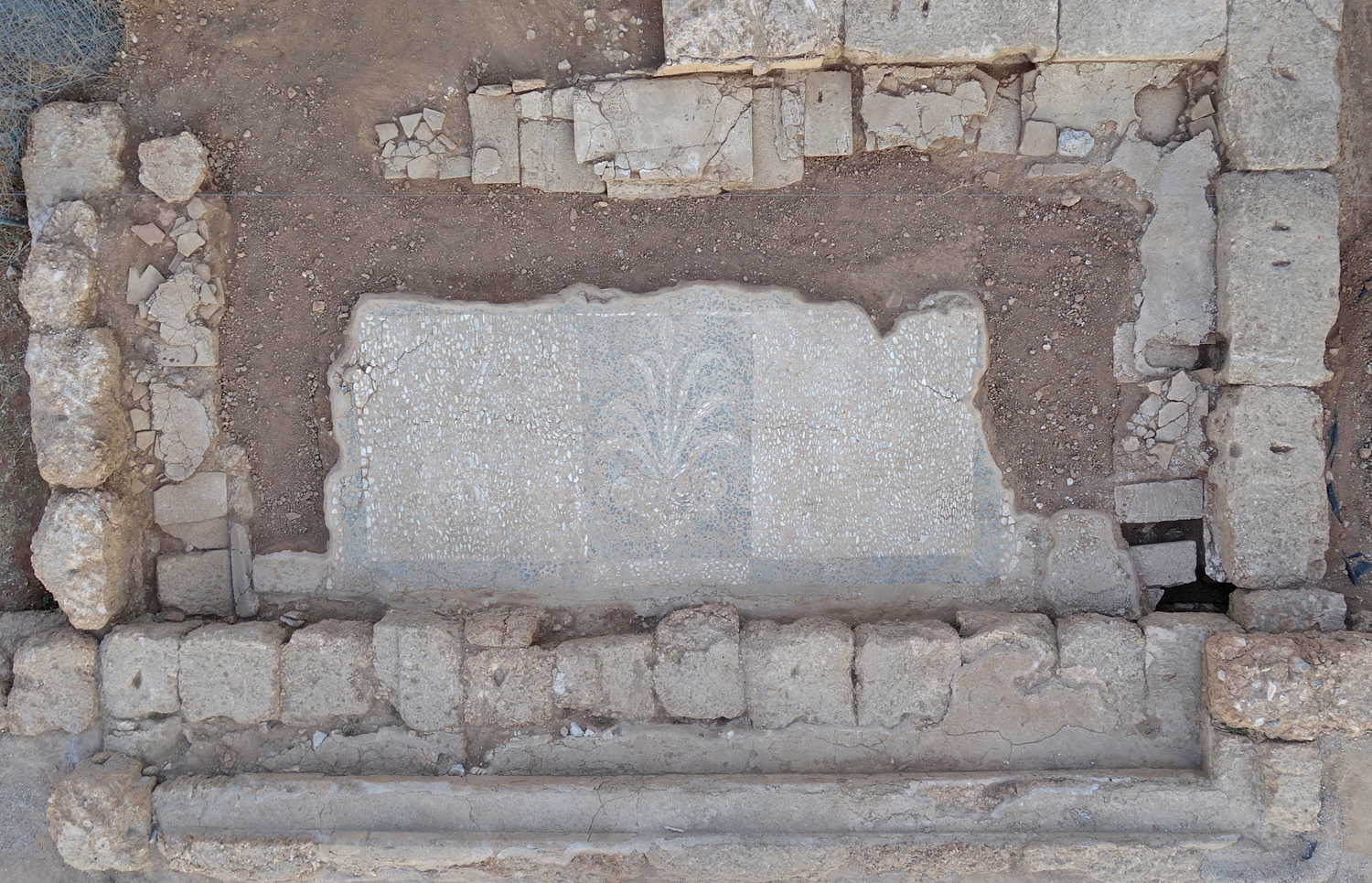
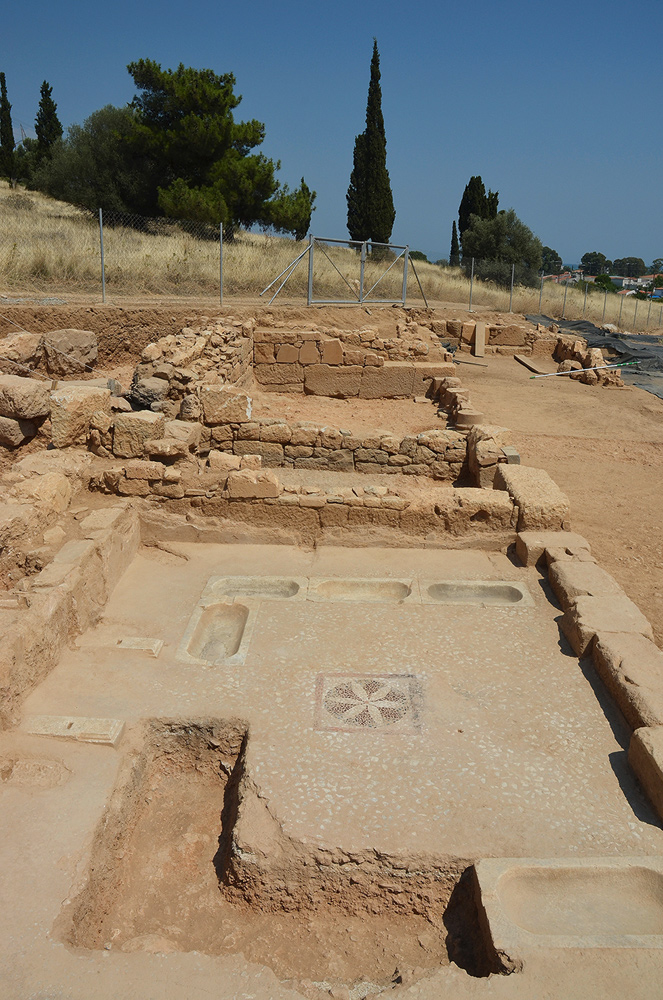
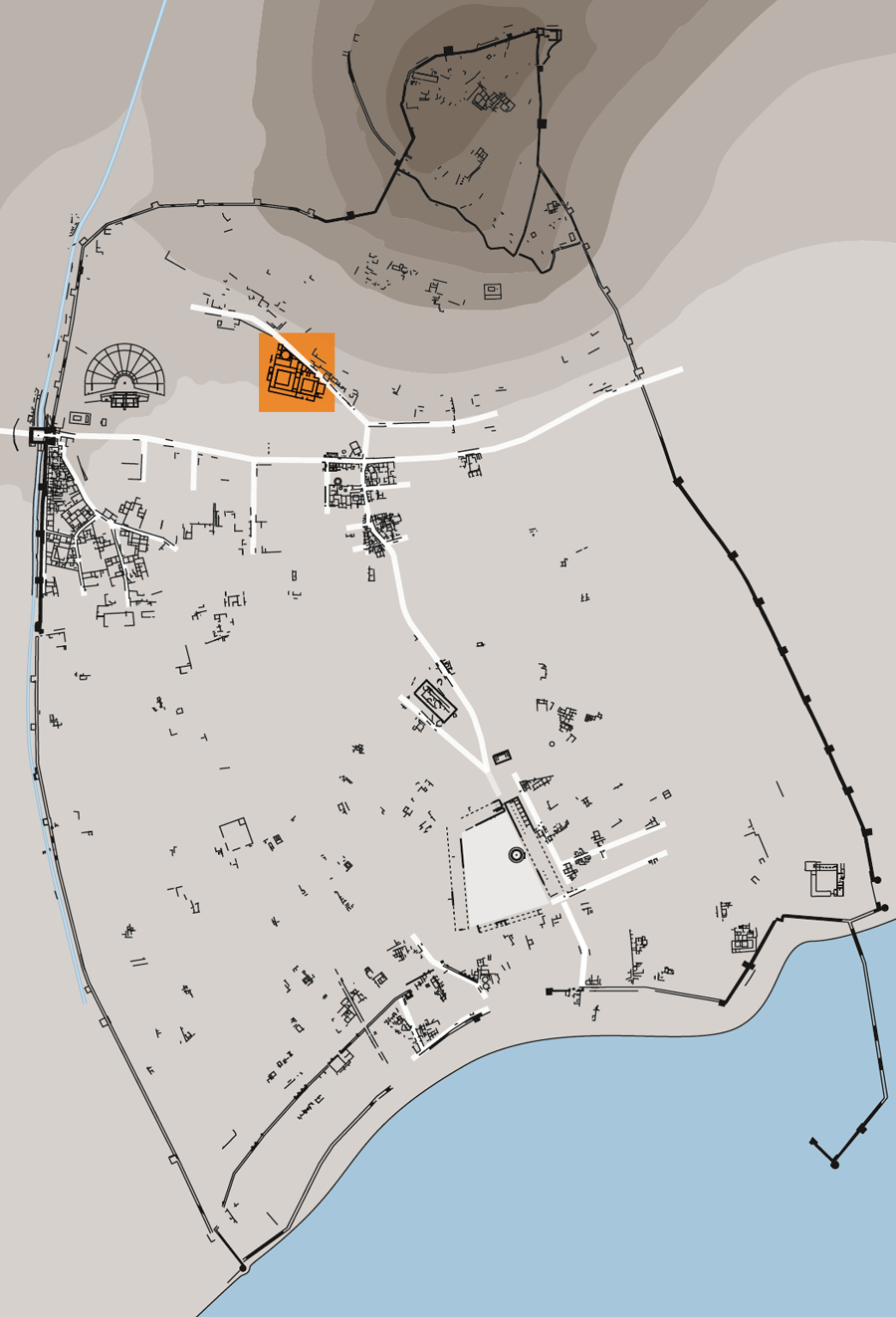
Amarynthos, the Sanctuary of Artemis Amarysia
The sanctuary of Artemis Amarysia, Eretrians’ main place of worship outside the city walls, is located about ten kilometres east of Eretria, near the village of Amarynthos. The excavation seasons initiated in the 2010s have led to the discovery of important remains from the Bronze Age to the Roman imperial period, including a temple, porticoes and several votive monuments. This site was identified in 2017 as the sanctuary of Artemis Amarysia tanks to numerous inscriptions mentionning the goddess. An extraordinary deposit of offerings was recently uncovered inside the temple of Artemis, dating from the 6th century BC. The exploration of the sanctuary continues in collaboration with the Ephorate of Euboea Antiquities, with a focus on the early temples, the prehistoric settlement on the hill, and the region around the sanctuary. The project is a collaboration between the Swiss School of Archaeology in Greece (ESAG) and the Ephorate of Antiquities of Eubeoa (EAE), under the direction of Sylvian Fachard (ESAG) and Aggeliki Simosi (EAE).
https://www.esag.swiss/amarynthos/
Mazi, regional survey in Attica
The Mazi Archaeological Project (MAP), a collaboration between the Ephorate of Antiquities of West Attika, Pireus, and Islands and the Swiss School of Archaeology in Greece, is a diachronic regional survey in northwest Attica. The Mazi Plain is best known for two spectacular sites: the Attic fortified deme centre of Oinoe, and the town and fortress of Eleutherai. MAP aims to address long-term questions of human occupation, human-environmental interaction, territoriality, and movement from prehistory to the present.
Mazi Archaeological Project: www.maziplain.org
Excavation reports (download pdf) ➝
You can download the excavation reports free of charge. You will need to register and log in to our site. If you need higher resolutions, please contact us: publisher@antikekunst..
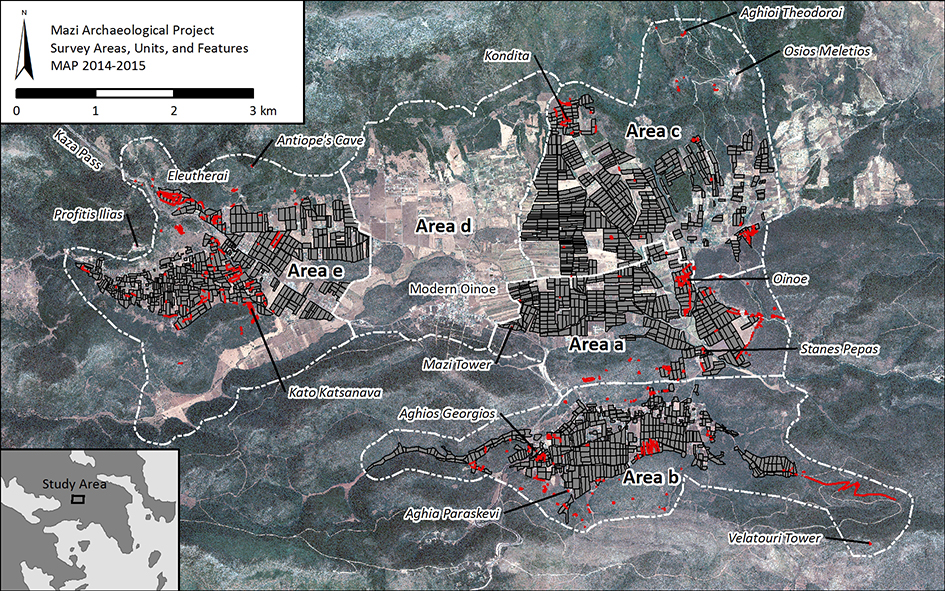
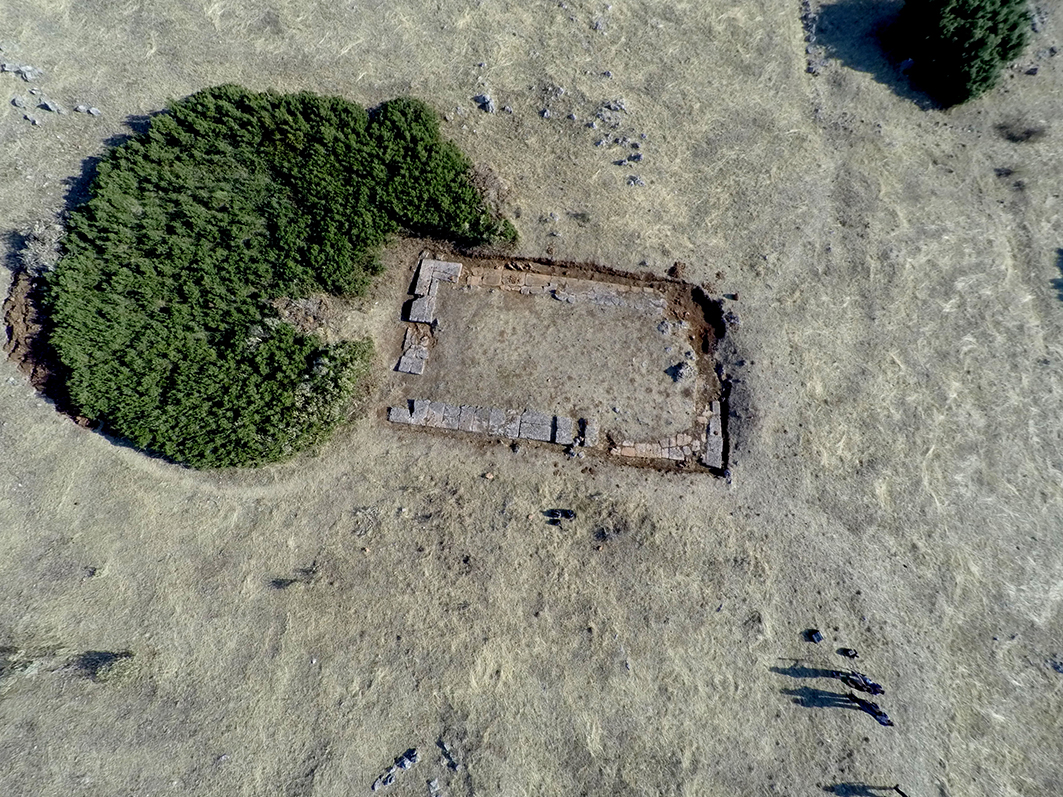
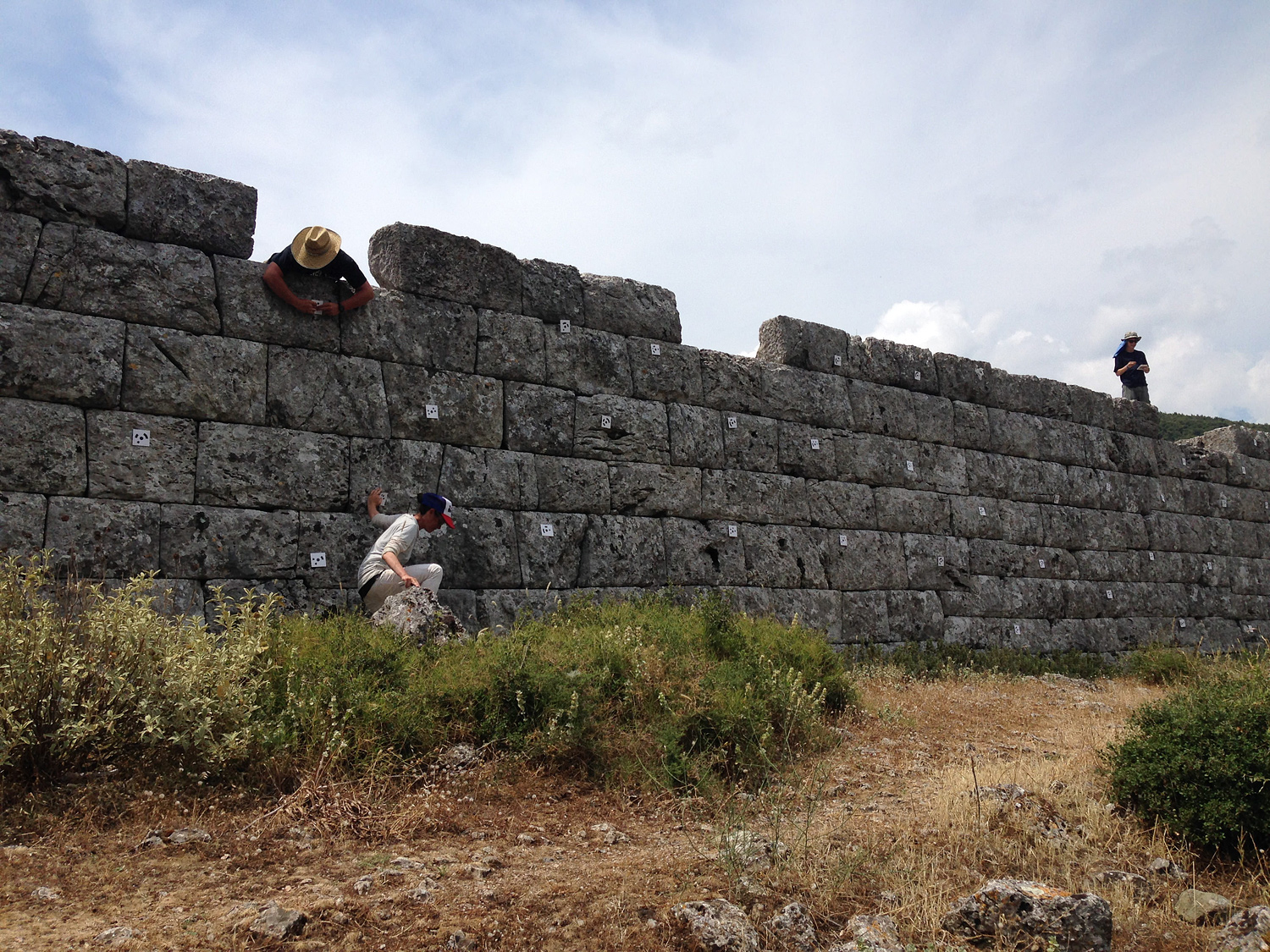
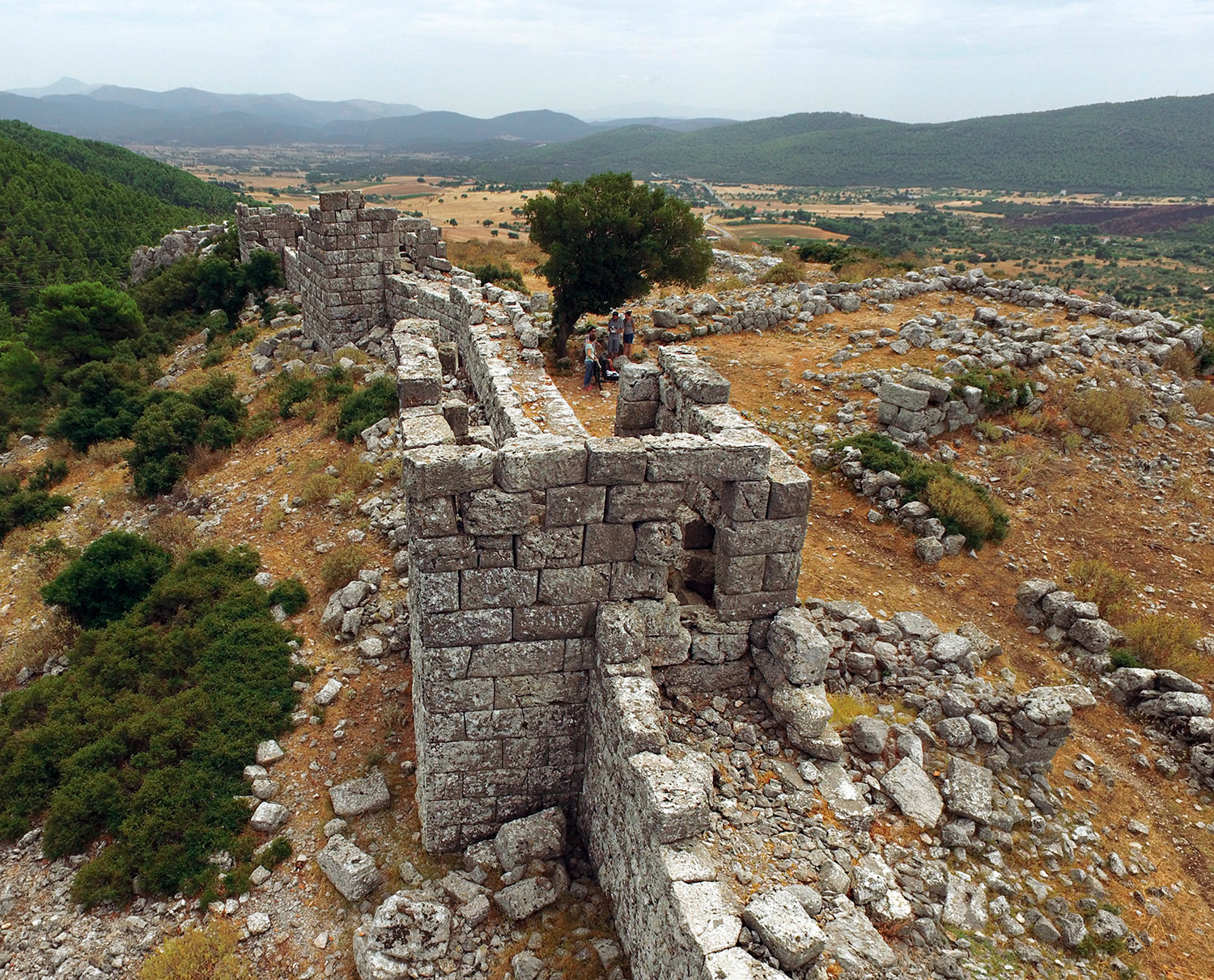
Bay of Kiladha (Argolid), underwater survey and excavation ➝
The Antikythera Wreck Research Project ➝
Styra, the so-called Dragon houses of Euboea
Α number of enigmatic dry stone buildings, located on the slopes of the mountains of southern Euboea, stand out due to the monumental size of their building blocks. Their cyclopean construction as well as their corbelled roof system made the inhabitants of the area believe that they were built by “dragons”, anthropomorphic giants with supernatural powers. This explains the name of drakospita or “dragon houses”, by which they are known to the present day. To date, eight such complexes have been found in the area of Styra, which, despite having attracted the interest of archaeologists, have not yet revealed all their secrets. In the absence of ancient parallels, the issues related to their dating and function(s) remains highly debated.
The ongoing project on the drakospita of South Euboea focuses on reviewing previous research and on collecting new archaeological evidence based on exploratory trenches and architectural survey, aiming to improve our understanding of these buildings and to promote the development of these archaeological sites. The project is a collaboration between the Swiss School of Archaeology in Greece (ESAG) and the Ephorate of Antiquities of Eubeoa (EAE), under the direction of Karl Reber (ESAG) and Aggeliki Simosi (EAE).
https://www.esag.swiss/ regional-studies-surveys/drakospita/
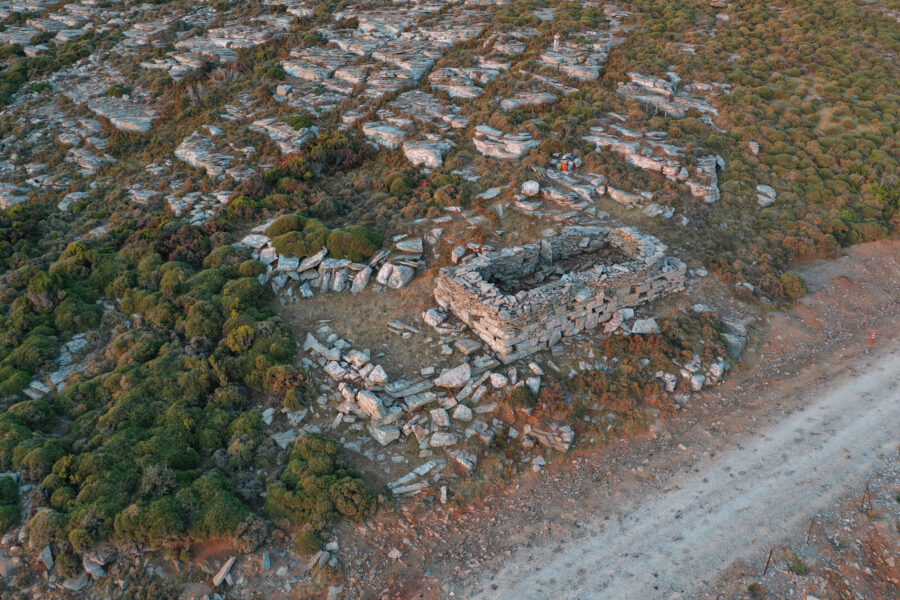
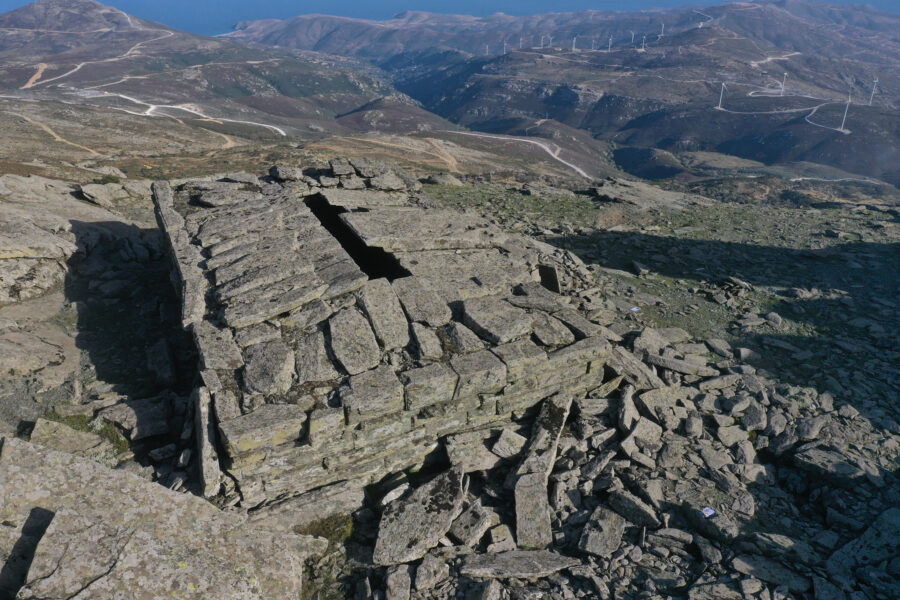
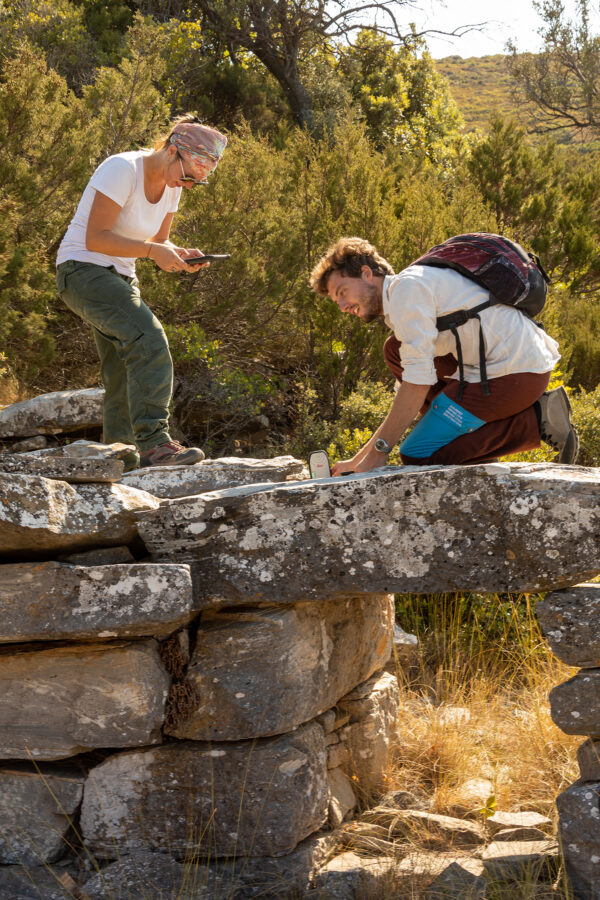
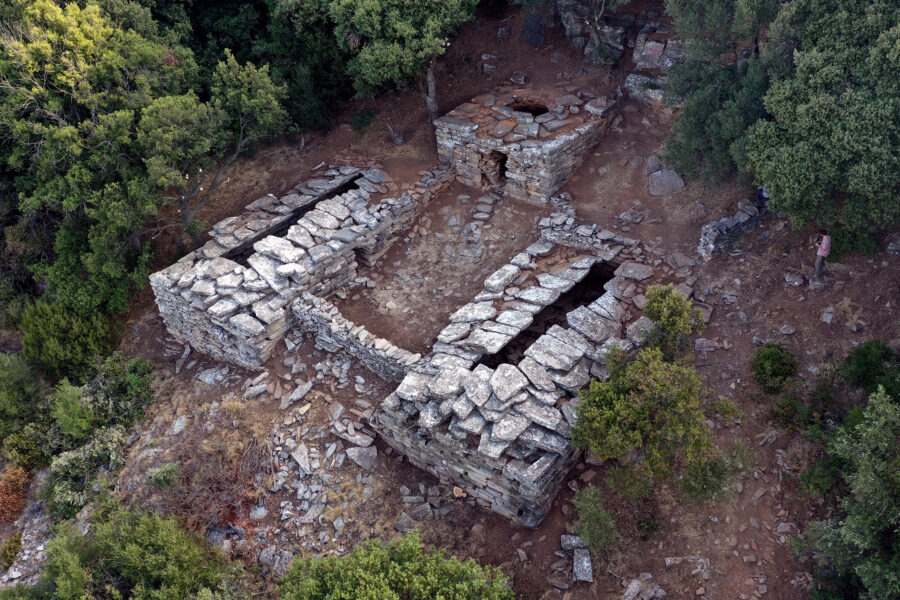
A Bronze Age site on top of the Hellanion Oros, Aegina
A sanctuary of Zeus Hellanios, mentioned in ancient sources, was identified in the first half of the 20th century with the ruins on the slopes of Mount Oros on the island of Aegina. On the top of the mountain, the ancient foundations found under the modern chapel could be linked to a small temple belonging to this sanctuary. The research program in collaboration with the Ephorate of Antiquities of Piraeus & Islands aims to investigate the Hellanion Oros, studying the use of the area over the centuries and the beginnings of the cult of Zeus, which may date back to the Bronze Age.
